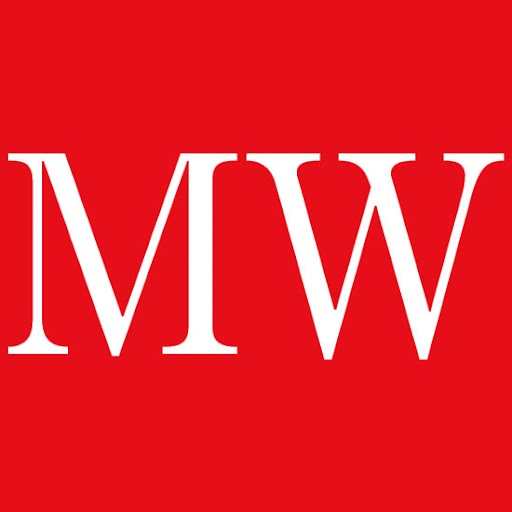Operating leverage
High operating leverage (also known as operating gearing) means that fixed costs (predominantly property and staff) are a high proportion of total costs in the profit and loss account.
What do banks, airlines and hotels have in common? The answer is high operating leverage (also known as operating gearing). This means that fixed costs (predominantly property and staff) are a high proportion of total costs in the profit and loss account. As a result, profits are highly sensitive to changes in sales compared to another business with much lower leverage.
Say a firm has £100 of sales (or, 'turnover') £80 of fixed costs and £10 of variable costs; profit is £10 (100-80-10).Operating leverage is a substantial 89% (80 as a proportion of 90). If sales rise the following year by just 10% to £110, fixed costs remain constant and variable costs also rise by 10% to £11 the new profit figure is £19 (110-80-11), a huge rise of 90%. Conversely had sales declined suddenly by 10%, profits would have been wiped out.
In an economic downturn firms with high operational leverage, like banks, have to react very quickly, often by dumping staff, to stay alive.
MoneyWeek
Subscribe to MoneyWeek today and get your first six magazine issues absolutely FREE

Sign up to Money Morning
Don't miss the latest investment and personal finances news, market analysis, plus money-saving tips with our free twice-daily newsletter
Don't miss the latest investment and personal finances news, market analysis, plus money-saving tips with our free twice-daily newsletter
Get the latest financial news, insights and expert analysis from our award-winning MoneyWeek team, to help you understand what really matters when it comes to your finances.
MoneyWeek is written by a team of experienced and award-winning journalists, plus expert columnists. As well as daily digital news and features, MoneyWeek also publishes a weekly magazine, covering investing and personal finance. From share tips, pensions, gold to practical investment tips - we provide a round-up to help you make money and keep it.
-
 300,000 remote workers to miss out on working from home tax relief
300,000 remote workers to miss out on working from home tax reliefThousands of workers forced to work from home will no longer benefit from the working from home tax relief next year. How will it affect you?
-
 How to tap into AI energy stocks
How to tap into AI energy stocksOne certainty about generative AI is that it is hugely energy-intensive. Companies providing that power look set to capture the benefits.

